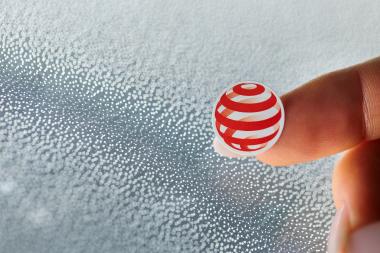Carrington Textiles supports Better Cotton for sustainable workwear
As a leading company in workwear, flame retardant and defence and security fabrics, Carrington Textiles announced their commitment to sustainability by pledging exclusive support for the Better Cotton initiative with all our products containing cotton.
The announcement was made on the occasion of World Cotton Day on 7th October 2024, an ideal opportunity to highlight the commitment to developing workwear fabrics that not only offer high levels of quality and performance, but also support the production of responsibly sourced cotton globally.
Better Cotton is an initiative that promotes sustainable cotton farming practices to improve the environment and the livelihoods of farmers while ensuring high-quality cotton for consumers.
In 2019-2020, Better Cotton licensed over 2.4 million farmers from 23 countries across five continents. Together, these farmers produced 23% of the world’s cotton.
Better Cotton is sourced via a chain of custody model called mass balance. This means that Better Cotton is not physically traceable to end products, however, Better Cotton Farmers benefit from the demand for Better Cotton in equivalent volumes to those sourced.
When customers buy any of Carrington Textiles fabrics containing cotton, Better Cotton Credits or BCCUs are generated. These BCCUs can be claimed by a registered company directly on the Better Cotton Platform and used to communicate the responsibly source nature of the fabric’s cotton by using hang tags, labels and other marketing materials.
Neil Davey, Carrington Textiles' Managing Director, announced this commitment to sustainability reflecting the company's dedication to reducing its environmental footprint and providing customers with responsibly sourced materials.
Neil stated, "With 99% of fabrics from our FR, workwear and defence ranges containing cotton, this is a huge step towards our sustainability efforts, all of which we are proud to cover in our latest Sustainability Report. This initiative is expected to have a lasting positive impact on our products and the planet."
Carrington Textiles









